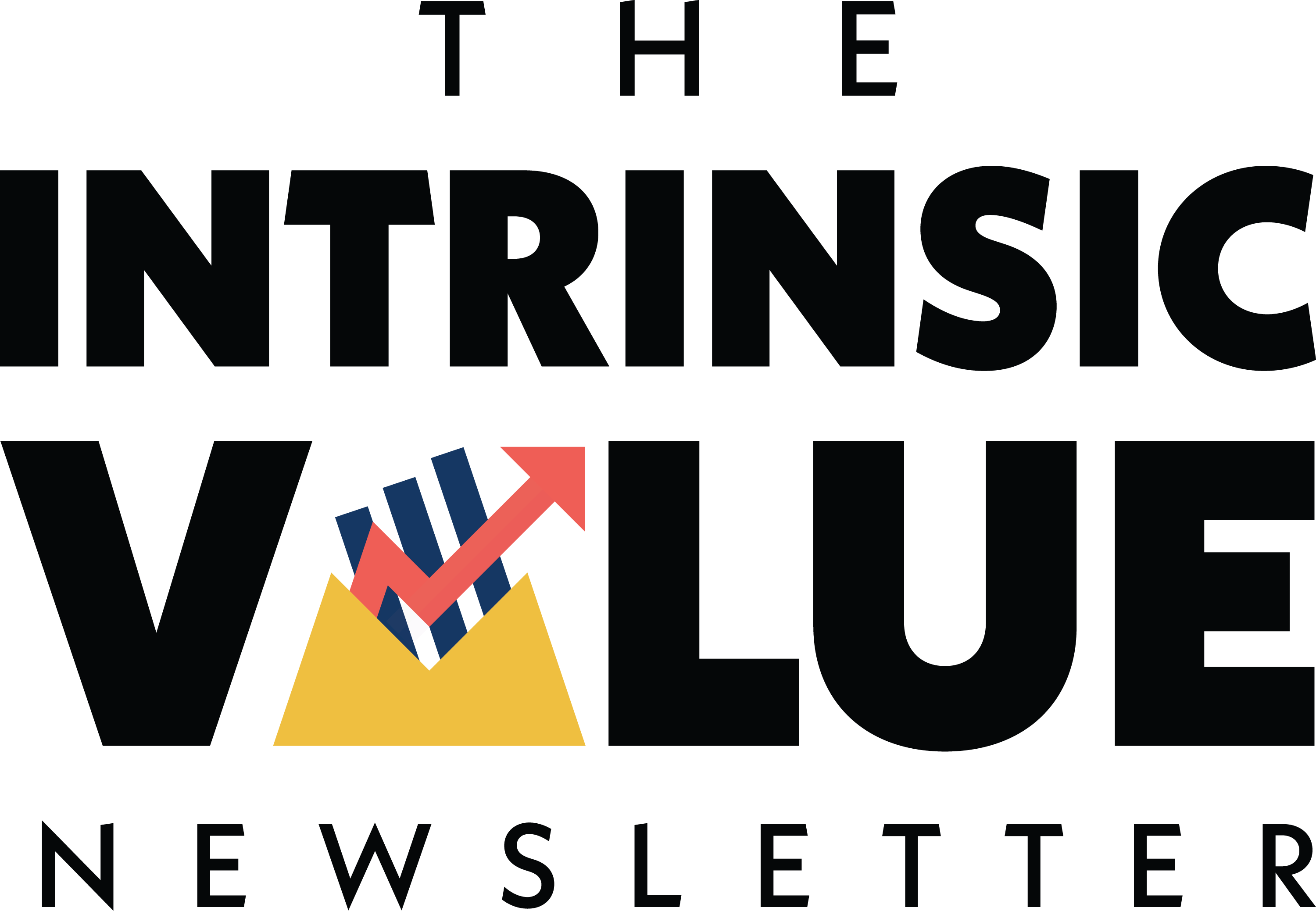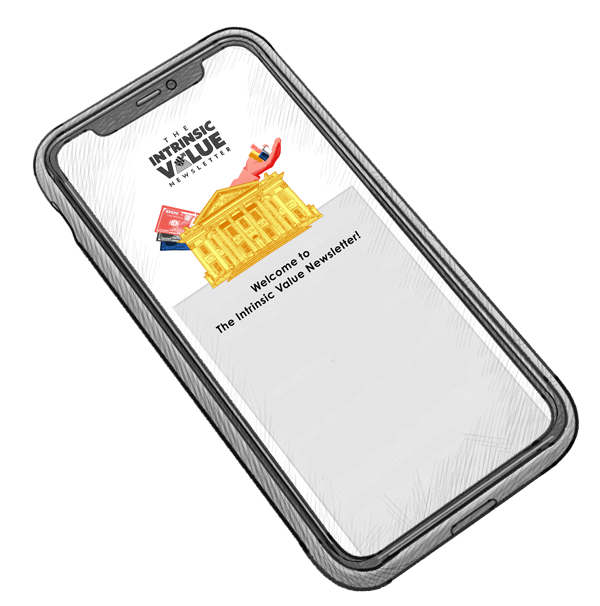Money Printer

Hi, The Investor’s Podcast Network Community!
“Money printing” is always a hot topic — many have hard opinions on the Federal Reserve, inflation, and government spending 💸
But what about another type of money printing?
💭 Today, I explore the economics behind prop money, its history, and more, in just 4 minutes to read.
— Shawn
Get smarter about valuing businesses in just a few minutes each week.
Get the weekly email that makes understanding intrinsic value
easy and enjoyable, for free.
QUOTE OF THE DAY
“Not everything that can be counted counts, and not everything that counts can be counted.”
— Albert Einstein
Assembling IKEA tables got you feelin’ like the Steph Curry of furniture?
The Average Joe will turn you into the Marie Kondo of investing. Organized, calm and ready to conquer the markets.
Their newsletters are the “IKEA instructions for investing” — short, simple and concise — filled with market trends and insights.
But you don’t read IKEA manuals on your spare time and you wouldn’t read financial publications for fun.
Until now…
Last week, we asked readers: If you could have any superpower, what would you choose and why?
Here are a few responses:
- “Teleportation, so I can save a lot of time 😎” — Jay, Auckland
- “Predict future events. This power gives me the opportunity to predict future trends or business opportunities.” — Robert, Fredericton, Nb, Canada
- “Heightened empathy – so I can understand how someone really feels and not guess how to act and react.” — Anne Marie, Glenside, PA
- “Going back in time and witnessing the events that changed the world.” — Kanhaiya, Bengaluru, India
- “See the future, I could buy and sell the most profitable investment per my required timespan.” — Clyde, Kahului, HI
Want to see your name and response up in lights?
Check out the next week’s question!
Raining dollars
There’s always been tension in Hollywood around prop money: If it looks too fake, the audience will be turned off. But if it looks too real, that creates other problems.
What problems? Well, look at Rush Hour 2, the 2001 action comedy, which famously rained down $1 billion worth of fake money onto Las Vegas’ streets.
A few weeks later, some of that prop money was filtering into local businesses – the fake money didn’t look fake enough to warrant further inspection from busy cashiers.
As Zachary Crockett reports in The Economic of Everyday Things podcast, tens of thousands of “dollars” were spent at casinos, gas stations, and bars, prompting a police investigation that forced Rush Hour 2 to halt filming. It was any producer’s worst (and very expensive) nightmare.
Counterfeits galore
Going back 150 years, counterfeit money was a big problem in America. So big that one-third of all currency in circulation was believed to be counterfeit.
In response, Abraham Lincoln created the Secret Service to assist the Department of the Treasury with one mission: Rid America of its fake money problem.
Decades later, though, the film industry would clash with the Secret Service, wanting to use realistic-looking dollars in productions. They found little sympathy and turned to foreign currencies like Mexican pesos for use in old movies since they were cheap to acquire, plentiful, and, most importantly, legal.
When films switched to color, pesos could no longer cut it. A few companies, like RJR Props, developed in turn, creating believable prop money for Hollywood. But not too believable.
Rich Rappaport, founder of RJR Props, says, “There’s a very fine balance. If you try to make it completely realistic, you’re going to be breaking counterfeiting laws.”
Presidents and paper money
Technically speaking, prop money must be one and a half times the size (or less than three-quarters) of real dollar bills. Legally, then, nearly all prop money is considered counterfeit, but the Secret Service doesn’t enforce the standard strictly.
There’s little appetite for arresting Hollywood movie producers en masse for using prop money. While the legal standard would spawn prop money that looks very obviously fake, folks like Rappaport specialize in navigating prop money’s grey areas.
Over three years, he went back and forth with the Secret Service, rendering prototypes that wavered between being too realistic and not realistic enough until he found the perfect balance that law enforcement was comfortable with.
That’s right, to this day, in addition to protecting the President, the Secret Service is responsible for handling many counterfeit money cases, just as Lincoln originally intended.
If you look closely at prop money, you’ll see things like the Secretary of the Treasury’s signature replaced with text saying “I’m not real” and the words “For Motion Picture Use Only” in the top right corner, among other disclaimers.
Prop money economics
At RJR Props, realistic fake money isn’t exactly cheap. Depending on whether you want just one side or both printed, a stack of 100 notes costs between $45 and $85 in real money.
From Fast and Furious to the Wolf of Wall Street, Rappaport’s money has splashed across the big screen. It’s also popular in hip-hop — Drake, Kendrick Lamar, and Lil Baby have all used his prop money.
In most cases, if you see a celebrity waving around stacks of cash, it’s probably prop money, maybe even Rappaport’s.
Mo money, mo problems
Unfortunately, legitimate prop-money makers like Rappaport are being undermined by an influx of fake bills available to anyone, not just movie production companies.
One former Secret Service agent suggested that on Amazon, one can order a “$10,000 package (of fake notes) for about $10.”
But it’s made overseas and illegally imported, often from China. The Secret Service has reported a 25% increase in counterfeit money used as real currency in recent years, giving prop money a bad name.
However, the consequences of making prop money that prove too realistic can be serious.
The company that made Rush Hour 2’s prop money received a cease and desist letter from the Feds, requiring them to destroy their inventory of prop money worth six figures, and some 20 years later, the company still can’t produce prop money at all.
Dive deeper
For more, check out this podcast from Freakonomics.
WHAT ELSE WE’RE INTO
📺 WATCH: Longevity: Can aging be reversed?
🎧 LISTEN: Parallels to the Roman Empire
📖 READ: The thinking behind why cash is now good (and not trash), from Ray Dalio
See you next time!
Enjoy reading this newsletter? Forward it to a friend.
Was this newsletter forwarded to you? Sign up here.
All the best,
P.S. The Investor’s Podcast Network is excited to launch a subreddit devoted to our fans in discussing financial markets, stock picks, questions for our hosts, and much more!
Join our subreddit r/TheInvestorsPodcast today!










